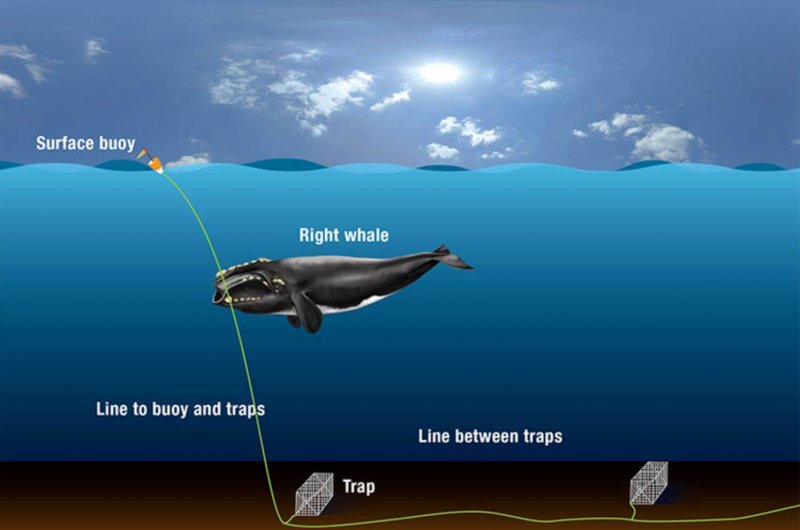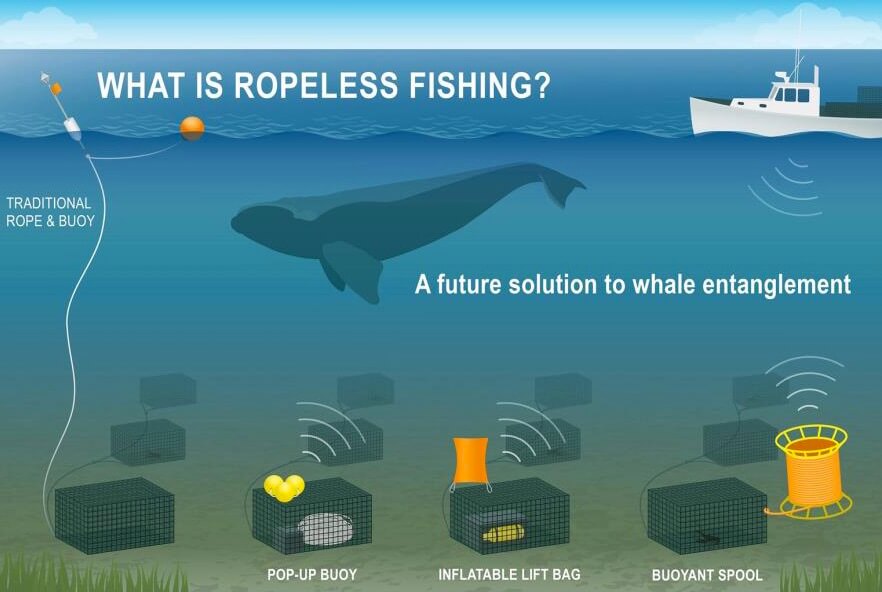
Guest author
Stephanie Prufer
Oceans Campaigner Center for Biological Diversity.

Whales, sea turtles and other marine life regularly get entangled in trap fishing gear used to catch lobsters and crabs, resulting in injuries or death. California saw steep annual increases in whale entanglements starting in 2014, which led to restrictions on its commercial Dungeness crab fishery, including shortened seasons to avoid whale migrations.

Luckily, there’s a solution to this problem, and it could save both the whales and the trap fishers, who would no longer be kept off the water by the presence of endangered whales. Ropeless gear, also known as “pop-up” or “buoyless” gear, doesn’t leave a static line in the water. When fishers come to retrieve their traps, the traps rise to the surface using either a lift bag or stowed rope and buoy, released by remote control.

These new traps aren’t mere prototypes by start-up companies: They’re already being used commercially in a fishery in Australia and being tested in Canada and on the East Coast of the United States, where trap fisheries have been entangling critically endangered North Atlantic right whales. They’re also being tested in California.
Changing ocean conditions and new whale migration and feeding patterns due to climate change are among the factors that may have contributed to California’s steep increase in entanglements. After an annual average of fewer than 10, reported whale entanglements rose to 30 in 2014, 62 in 2015, and 71 in 2016.
In Brazil southern right whales and humpback whales are also subject to the threat of entanglement. Last year a southern right whale and her offspring were found off the state of Santa Catarina with fishing gear wrapped around their heads.

